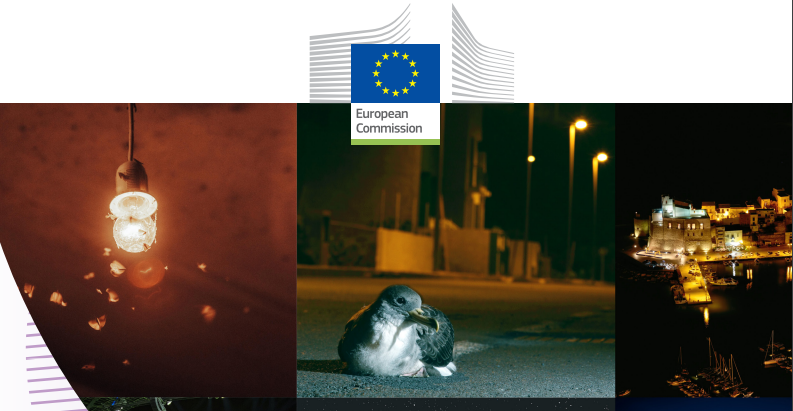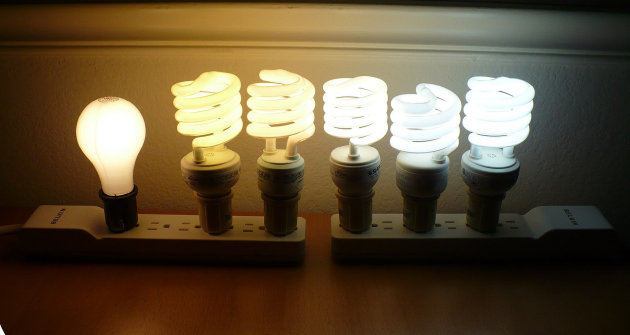INQUINAMENTO LUMINOSO: LINEE UE PER MITIGARE I DANNI AGLI ANIMALI NOTTURNI

Artificial lighting can cause light pollution, which is recognised as one of the most complex environmental degradation forms of the 21st century. Despite the need for night-time lighting, light pollution presents a severe problem for the environment and humankind. It can have adverse effects on people, astronomy and wildlife health, and results in inefficient use of energy and other environmental harm (e.g. carbon dioxide emissions, global warming), crime and disorder
Le prove scientifiche suggeriscono che, di notte, la presenza di luce artificiale abbia effetti negativi e addirittura mortali su molte creature animali, tra cui gli anfibi, gli uccelli, i mammiferi, gli insetti e le piante. Pertanto, le luci artificiali contribuiscono a distruggere gli ecosistemi del mondo naturale.
The growing world population, coupled with increasing urbanisation, has led to increased use of artificial lighting inside buildings, but also outdoors at night-time. Light pollution occurs when the presence of artificial light produced by human activities adversely affects the natural environment
and the health and well-being of living organisms, including humans.

Comparison of correlated colour temperature (CCT) of five lamps (indoor compact fluorescent light bulbs). From left (warmer yellow) to right (cooler blue): 2700K, 3500K, 4100K, 5500K, 6500KCFL. The warmer yellow lower CCT light, is suggested for exterior lighting due to the lower amount of blue light – known to be harmful to many nocturnal species.
L’utilizzo di lampade all’esterno a luce fredda è stato definito dannoso per molte specie notturne
